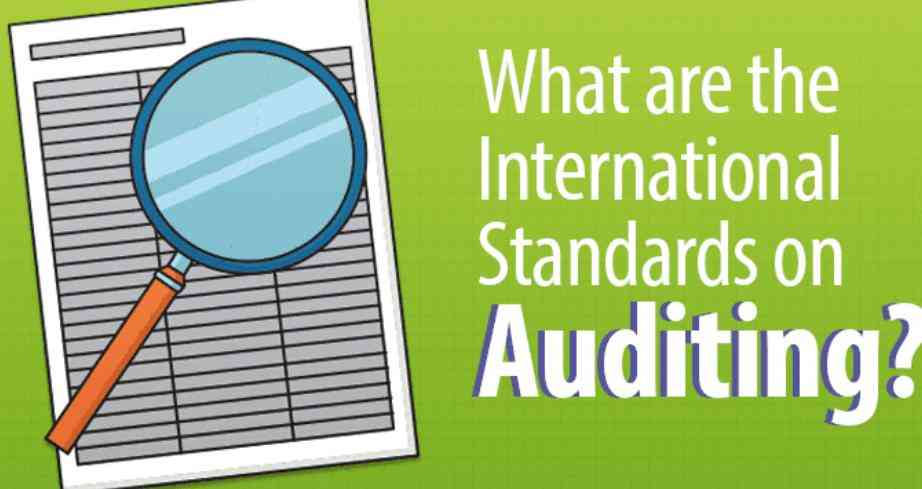|
IS0
INTERNATIONAL ORGANIZATION FOR STANDARDIZATION
IS0 RECOMMENDATION
R 583
TOLERANCES ON THE TOTAL THICKNESS
OF CONVEYOR BELTS
AND ON THE THICKNESSES OF COVERS
1st EDITION
July 1967
COPYRIGHT RESERVED
The copyright of IS0 Recommendations and IS0 Standards
belongs to IS0 Member Bodies. Reproduction of these
documents, in any country, may be authorized therefore only
by the national standards organization of that country, being
a member of ISO.
For each individual country the only valid standard is the national standard of that country.
Printed in Switzerland
Also issued in French and Russian. Copies to be obtained through the national standards organizations.
---------------------- Page: 1 ----------------------
BRIEF HISTORY
The IS0 Recommendation R 583, Tolerances on the Total Thickness of Conveyor Belts and
on the Thicknesses of Covers, was drawn up by Technical Committee ISO/TC 41, Pulleys and Belts
(including Vee-belts), the Secretariat of which is held by the Association Française de Normali-
sation (AFNOR).
Work on this question by the Technical Committee began in 1957 and led, in 1964, to the
adoption of a Draft IS0 Recommendation.
In October 1965, this Draft IS0 Recommendation (No. 864) was circulated to all the IS0
Member Bodies for enquiry. It was approved, subject to a few modifications of an editorial
U
nature, by the following Member Bodies :
Argentina France Portugal
Australia Germany Spain
Austria
India Sweden
Belgium Ireland Switzerland
Brazil Israel U.A.R.
Chile Italy U.S.S.R.
Czechoslovakia Japan Yugoslavia
Denmark Netherlands
Finland New Zealand
One Member Body opposed the approval of the Draft:
United Kingdom
The Draft IS0 Recommendation was then submitted by correspondence to the IS0 Coun-
cil, which decided, in July 1967, to accept it as an IS0 RECOMMENDATION.
-2-
---------------------- Page: 2 ----------------------
IÇOIR 583 - 1967 (E)
IS0 Recommendation R 583 July 1967
TOLERANCES ON THE TOTAL THICKNESS
OF CONVEYOR BELTS
AND ON THE THICKNESSES OF COVERS
1. SCOPE
This IS0 Recommendation aims to define:
(I) The maximum difference between the total thickness measured in any two points of the
L
area of the belt and also the appropriate method of measurement.
(2) The permissible deviations on the thickness of each cover and the appropriate method of
measurement. The latter applies only to belts with covers at least 1 mm (0.04 in) thick
and which can be completely removed.
Howeve
...














